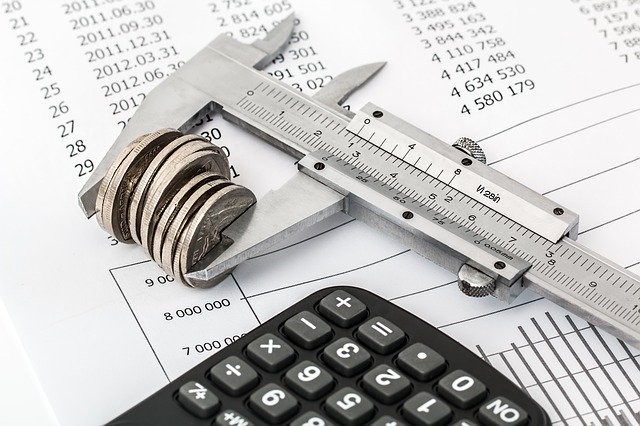What a Budgeting for Beginners sheet looks like?
Budgeting actually can be fun. It does not have to be a painstaking endeavor that makes you want to poke your eyeballs out. Yes, preparing to budget for a beginner’s sheet can be fun! You should know how easy it is and why you should make one. Once you have it done, it’s very simple month to month.
How can Budget help you when you are broke?
Even if you make $35,000 a year or $350,000 a year, you must have a budget. It doesn’t matter if you make a lot or a little, your money will not work for you, if you don’t tell it where to go. You don’t have as much leeway in your spending and a small mistake or emergency could be devastating.
How does Budgeting for beginners help you?
Budgeting is a very eye-opening experience when you put the numbers on paper. It’s very likely that you have more money than you realize. The issue most people have is that they don’t know where the money is going, so it feels like there is never enough.
Determine your income first
This may seem like a no brainer but a lot of people don’t know how much money they actually make! Pull up your bank account or pay stubs and figure out how much each paycheck is. Jot down the amounts and make a total of all your income for the month. Budgeting for a beginner’s sheet should be as follows.
At the top of the monthly budget sheet write :
- Pay check 1: $3,000
- Pay check 2: $3,000
- Total income: $6,000
*** Figures are examples
Determine your set expenses next
In budgeting for beginners this is the really hard part but the MOST important one. Figure out how much your expenses are. Determine your set expenses, including rent or mortgage, power, water, TV, cell phone, insurance, car payment, credit cards, loans, and miscellaneous bills. Make a list of all of these and their amounts.
- Housing: $950
- Power: $200
- Water and sewer bills: $100
- TV: $100
- Cell phone: $150
- Car payment: $350
- Insurance: $100
- Debt: $250 (write each one out)
Discretionary spending
This is the harder part. You need to figure out where all the rest of your money has been going. This will be the eye-opening part. Look at the past couple of months and see where your money really has been going. When you were spending $1,200 on food between groceries and eating out for a family of 4! This will be where you can cut costs and start to save money!
Determine your category amounts
Now, you have your income and set bills and now you see where your money has been going.
- Food: $600
- Gas: $400
- Entertainment: $70
Sinking Funds
In a budget for beginners, a sinking fund is simply saving for an expected expense that doesn’t come up every month. When you can’t “cash-flow” it, then you need to save for it with a sinking fund.
- Clothing
- Christmas
- Gifts
- Birthdays
- House maintenance
- Vehicle maintenance
- Vehicle registration
- Property taxes
- Income taxes
- Vacation
- Medical expenses
- General emergency savings
Your sinking funds can be saved in cash envelopes, separate bank accounts, one bank account with a spread sheet to track the amounts, or cash flows.
Avoid debt snowball
In the budget for beginners, you have all your bills, expenses, and sinking funds planned. You should have some money left over at this point. It will help you to avoid debt snowball.









